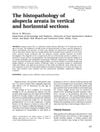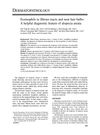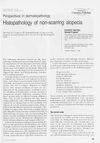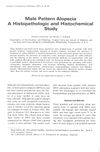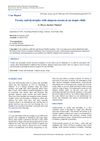Histologic Features of Alopecia Areata Other Than Peribulbar Lymphocytic Infiltrates
September 2011
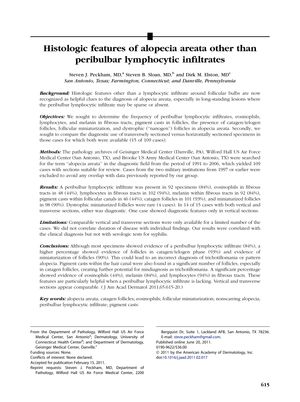
TLDR Other common signs, not just the well-known immune cells around hair bulbs, are important for diagnosing hair loss from alopecia areata.
The study reviewed 109 cases of alopecia areata and found that, in addition to the well-known peribulbar lymphocytic infiltrates present in 84% of specimens, other histologic features were more commonly observed. These included lymphocytes in fibrous tracts (94%), catagen/telogen follicles (93%), follicular miniaturization (90%), eosinophils in fibrous tracts (44%), and melanin within fibrous tracts (84%). Pigment casts within follicular canals were also significant at 44%. The study highlighted that these features are useful for diagnosis, especially when peribulbar infiltrates are sparse or absent, and could prevent misdiagnosis with conditions like trichotillomania or pattern alopecia. The comparison of vertical and transverse sectioning methods in 15 cases showed no clear advantage of one over the other. The findings suggest that a range of histologic features, not just peribulbar lymphocytic infiltrates, are important for diagnosing alopecia areata.
